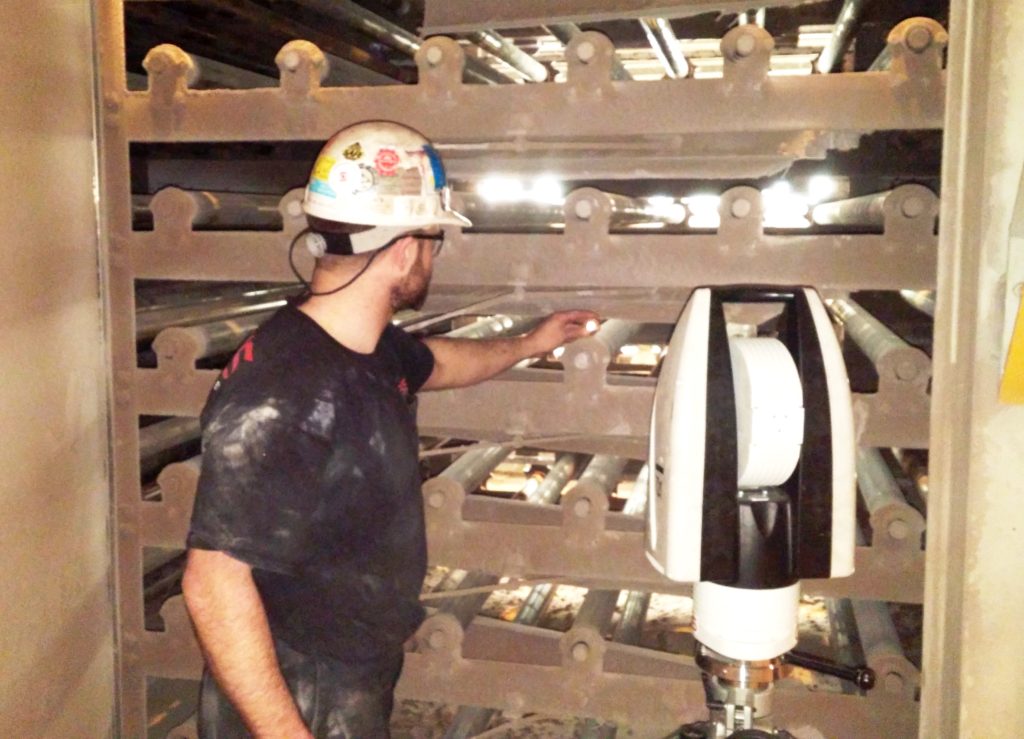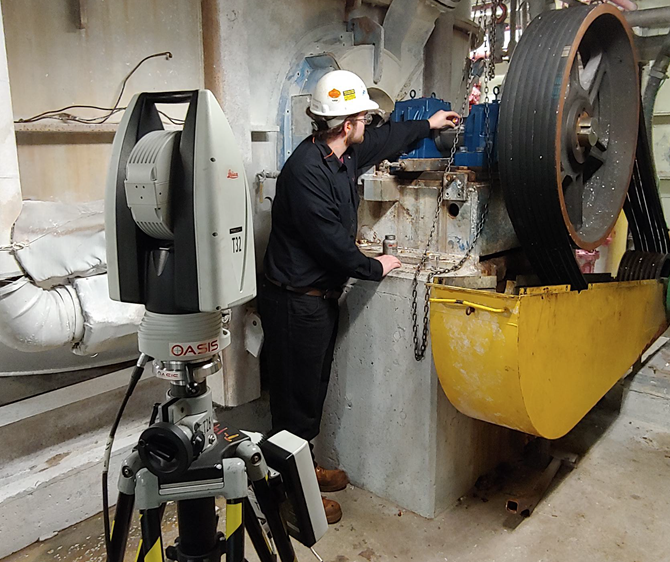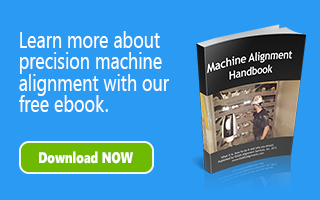One of the questions OASIS customers most often ask is “How often do I need to have my machine inspected for alignment?”
Unfortunately, there isn’t a simple answer. There are a number of factors that can affect your equipment alignment, and these should be taken into consideration when creating a machine alignment inspection plan at your facility. In this post, we provide the top three factors that can determine how often alignment inspections are needed and discuss the reasons why there are no set rules that can be applied.
Type of Machine
Alignment inspection intervals can vary from machine to machine. For a typical paper machine that runs continually at standard operating speeds, alignment condition inspections should occur every 12 to 18 months – with sampling inspections conducted in each of the major sections – wet end, press, dryers, calender and reel.
However, in today’s competitive environment, the majority of paper manufacturers are running up against their speed thresholds in order to maximize production. This practice significantly shortens the alignment inspection intervals – often from 6 to 9 months.
Printing presses and winders typically run at much faster speeds and require a greater degree of accuracy to ensure maximum productivity. Because of this, these machines should be inspected more frequently.

OASIS metrology engineer uses a Leica AT960 laser tracker to inspect wallboard process line.
Corrugators and some laminators typically have “looser” optimal operating tolerances, allowing them to have a greater interval of time between inspections.
Age of Machine
A machine’s age has a direct effect on how often an alignment inspection should be performed. In the case of a newly installed line, one may think that the intervals between alignment inspections could be much longer. However, the opposite is actually true. Alignment inspections are critical during initial operation with the largest factor being foundation settling. When installing a piece of production equipment on a new foundation, the foundation may not settle equally under the weight of the machine causing component movement. Shorter intervals between inspections can capture that movement and allow you to make necessary adjustments. Shorter intervals between inspections also allow you to monitor thermal expansion, operating vibration, frame movement and mounting hardware issues.
Older machines are prone to worn bolts, elongated mount holes, and the tendency for increased vibration from unbalanced components. These issues all promote component movement. Shorter intervals between alignment inspections are needed in order to map the rate of alignment degradation.
Maintenance Practices
Typical predictive/preventive maintenance plans include vibration monitoring, gear clearance inspections, component lubrication, and housekeeping. During maintenance downtime, it is sometimes also necessary to reposition components such as rolls, drive components, bearings and couplings.
If component repositioning activities are accomplished without alignment best practices in place, the overall alignment condition of the machine will degrade much more rapidly. This will require shorter intervals between alignment inspections. Conversely, if alignment best practices are included as part of your maintenance plan, not only will your machine run at optimal performance levels, but the longer the intervals can be between alignment tune-ups.
Other Factors to Consider
Other factors that should be taken into consideration when creating a machine alignment inspection plan include such things as the location of your facility (are you located in an earth quake and/or flood zone?) and the age and condition of your manufacturing area or building. Harsh mill environments, building settlement, and cracked or broken flooring will all have a direct effect on how often your machine should receive alignment inspections. Even the type of product you run can have an effect on when and how often your machine requires an alignment inspection.
This post describes just some of the reasons why there are no set rules by machine as to when and how often you schedule alignment inspections. By building a strong partnership with your alignment vendor, you can work together to create an inspection plan that is best suited for your facility based on the machine and your process, product specifications, production requirements, and your preventive maintenance plan.
If you would like a site visit by an OASIS representative to discuss an alignment inspection plan for your machine, please contact us. Be sure to subscribe to our blog for regular updates on precision measurement tools and technologies, industry knowledge, case studies and more.

